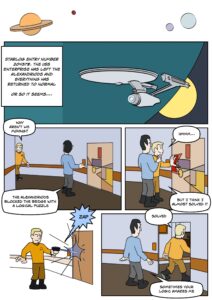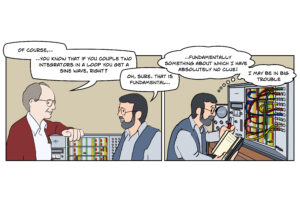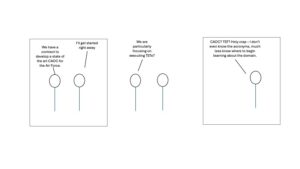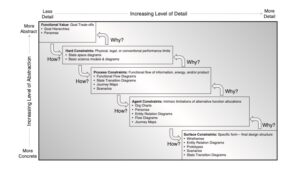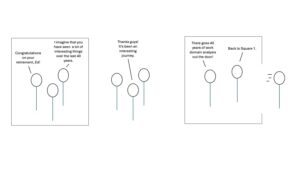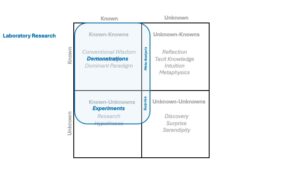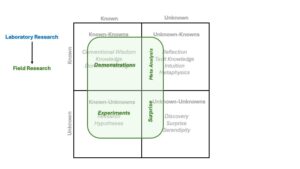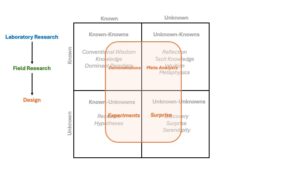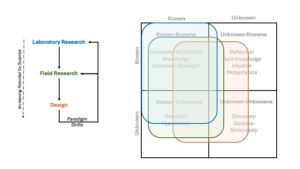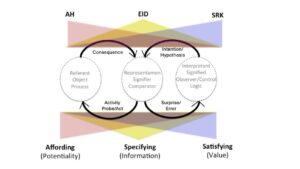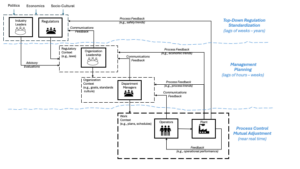
With heavy hearts and fond memories, we announce the passing of Linnea Kosater Flach, a beloved wife, sister, mother, aunt, grandmother, teacher, and friend to so many. Linnea left this world with the same quiet strength, deep compassion, and sharp wit that defined her life.
Born on August 8, 1948, Linnea dedicated her life to nurturing others—whether it was guiding students through essays, cheering on her three boys at their many sporting events and then grandchildren at their activities or simply being a steady, loving presence to those fortunate enough to know her. A lifelong educator, Linnea had a special gift for words and delighted in helping people express themselves. She's probably editing this in heaven, shaking her head affectionately at our grammar—but smiling just the same.
She cherished every encounter with former students and enjoyed seeing how their stories have unfolded. Her colleagues, from all the various schools that were lucky enough to have her (St. Theresa, Springfield, OH; St. Patrick, London, OH; St. Matthew, Champagne, IL; St. Luke, Beavercreek, OH), were not just coworkers, but lifelong friends who filled her career with laughter and purpose.
Grandma Bits, as her grandkids knew her, was a passionate supporter and volunteer of the Drama Department at St. Luke School, where she taught for many years. She was also an avid gym-goer, always proud to show off her deadlift. She made friends wherever she went, including her regular nail and hair appointments.
Linnea is now reunited in heaven with her loving parents, Larry and Lucille; her cherished in-laws, John and Dottie, whom she often referred to as one of her best friends; her brother-in-law, Jimmy; and her best friend, Loretta—the co-founder of the St. Luke teachers “choir practice” - who undoubtedly greeted Linnea with the plans to begin a heavenly version of the coveted practice.
She leaves behind a legacy of love and loyalty that lives on in her devoted husband, John; her three sons, John (Sarah), James (BJ), and Joe (Alissa); and her ten adored grandchildren, who were the lights of her life. Also grieving her loss are her sister, Suz (Bob); her brother, Larry (Maryanne); brothers-in-law, Joe (Cindy) and Tom; sisters-in-law, Jenny, Patsy, and Cathy; and a wide circle of nieces, nephews, extended family, former students, and friends who will carry her memory with them always.
Linnea taught us that kindness matters, grammar counts, cooking is easy if you follow the recipe, and that showing up for the people you love is life’s greatest work. Her presence was a gift—and though her absence is deeply felt, the lessons she taught and the love she gave will echo for generations.
In lieu of flowers or donations, the family would ask that you take a friend out to lunch, enjoy the camaraderie, and maybe share stories about Linnea that make you smile.
She filled her classrooms and her life with such grace. We’ll follow her recipe, strive to make her proud, and do our best to use proper punctuation until we see her again.


